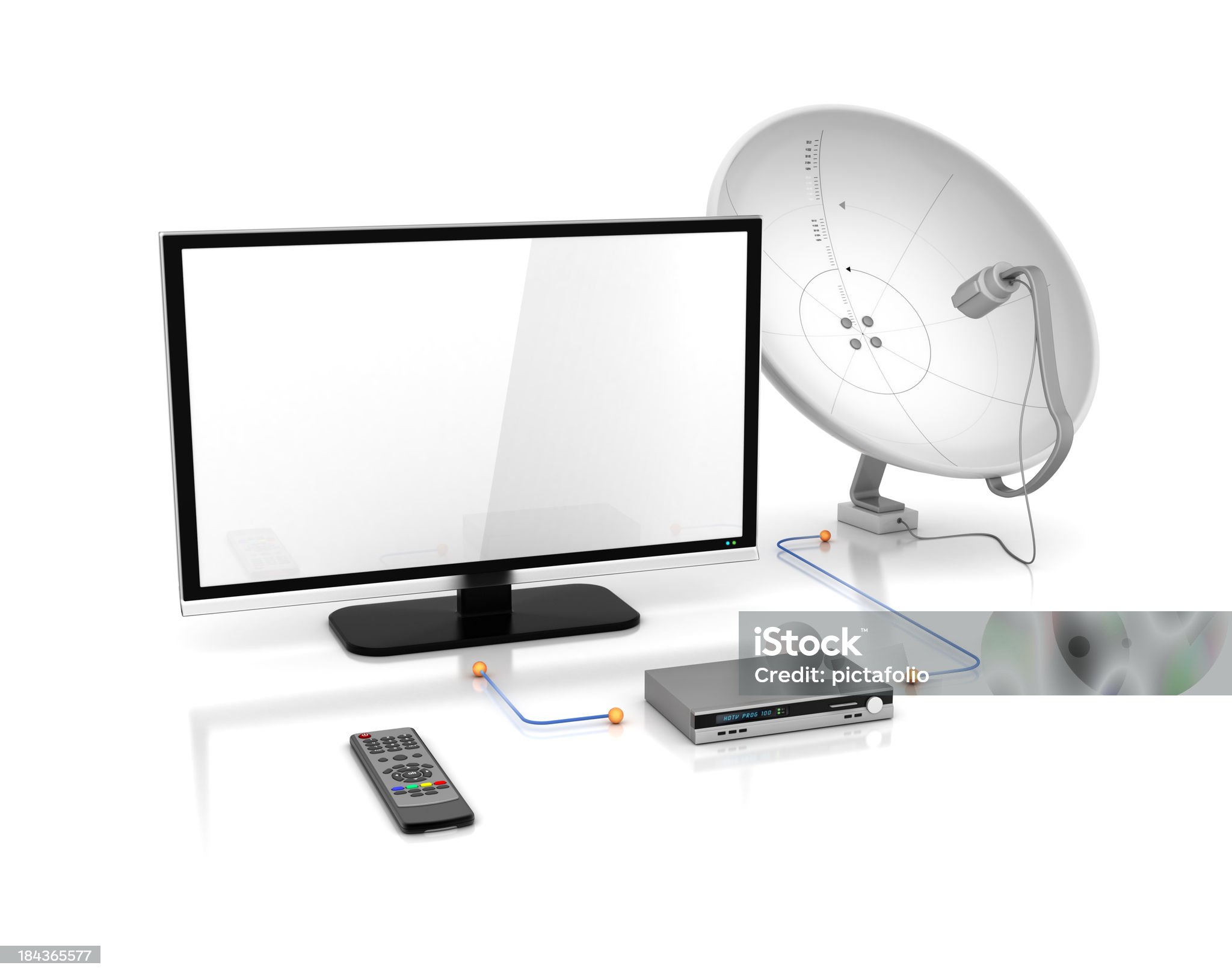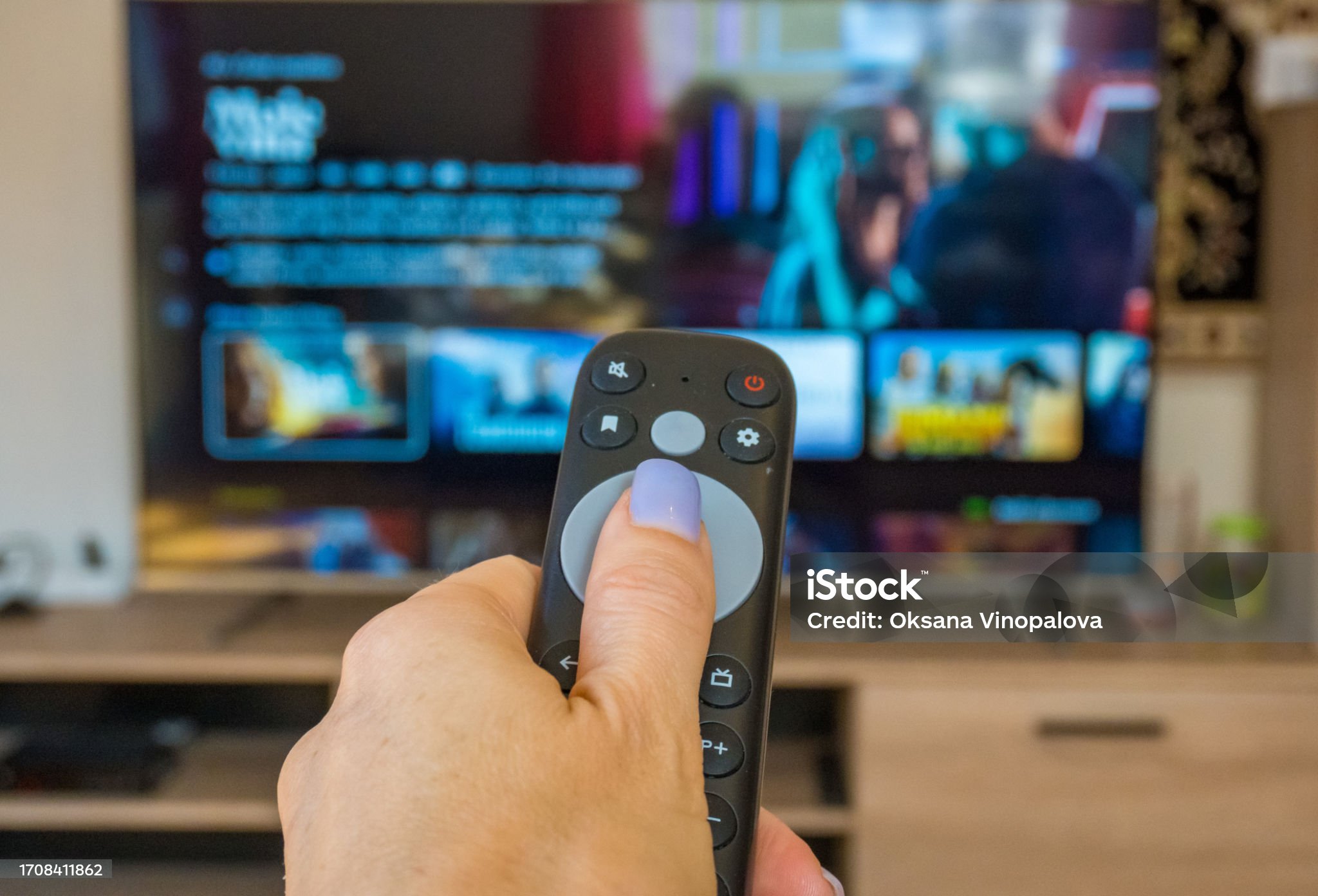IPTV in the United States and United Kingdom: What’s Next for the Industry
IPTV in the United States and United Kingdom: What’s Next for the Industry
Blog Article
1.Introduction to IPTV

IPTV, or Internet Protocol Television, is gaining increasing influence within the media industry. Compared to traditional cable and satellite TV services that use pricey and primarily proprietary broadcasting technologies, IPTV is transmitted over broadband networks by using the same Internet Protocol (IP) that supports millions of personal computers on the modern Internet. The concept that the same on-demand migration is forthcoming for the multiscreen world of TV viewing has already captured the interest of key players in technology integration and potential upside.
Audiences have now begun consuming TV programs and other video entertainment in a variety of locations and on a variety of devices such as smartphones, desktops, laptops, PDAs, and additional tools, in addition to traditional TV sets. IPTV is still in its early stages as a service. It is growing, however, by leaps and bounds, and various business models are taking shape that may help support growth.
Some assert that low-budget production will potentially be the first content production category to dominate compact displays and explore long-tail strategies. Operating on the commercial end of the TV broadcasting pipeline, the current state of IPTV services and infrastructure, nevertheless, has several clear advantages over its cable and satellite competitors. They include high-definition TV, flexible viewing, custom recording capabilities, voice, online features, and instant professional customer support via alternative communication channels such as mobile phones, PDAs, global communication devices, etc.
For IPTV hosting to work efficiently, however, the internet gateway, the primary networking hub, and the IPTV server consisting of video encoders and server hardware configurations have to interoperate properly. Dozens regional and national hosting facilities must be entirely fail-safe or else the broadcast-quality signals fail, shows may vanish and fail to record, chats stop, the picture on the TV screen is lost, the sound becomes interrupted, and the shows and services will malfunction.
This text will address the competitive environment for IPTV services in the U.K. and the US. Through such a side-by-side examination, a range of important policy insights across various critical topics can be explored.
2.Regulatory Framework in the UK and the US

According to legal principles and the related academic discourse, the regulatory strategy adopted and the policy specifics depend on how the market is perceived. The regulation of media involves competition policy, media ownership and control, consumer protection, and the defense of sensitive demographics.
Therefore, if we want to regulate the markets, we have to understand what defines the media market landscape. Whether it is about proprietorship caps, market competition assessments, consumer rights, or children’s related media, the regulator has to possess insight into these areas; which media sectors are growing at a fast pace, where we have competitive dynamics, integrated vertical operations, and cross-sector proprietorship, and which sectors are lagging in competition and ripe for new strategies of market players.
In other copyright, the current media market environment has always shifted from static to dynamic, and only if we consider policy frameworks can we predict future developments.
The growth of IPTV across regions normalizes us to its dissemination. By combining standard TV features with novel additions such as interactive IT-based services, IPTV has the potential to be a significant element in boosting remote area viability. If so, will this be enough to prompt regulatory adjustments?
We have no evidence that IPTV has greater allure to non-subscribers of cable or satellite services. However, some recent developments have hindered IPTV expansion – and it is these developments that have led to tempering predictions on IPTV growth.
Meanwhile, the UK adopted a liberal regulation and a forward-thinking collaboration with the industry.
3.Key Players and Market Share

In the UK, BT is the key player in the UK IPTV market with a market share of 1.18%, and YouView has a 2.8% stake, which is the scenario of single and two-service bundles. BT is typically the leader in the UK as per reports, although it fluctuates slightly over time across the 7–9% range.
In the United Kingdom, Virgin Media was the initial provider of IPTV using hybrid fiber-coaxial technology, with BT entering later. Netflix and Amazon Prime are the leading over-the-top platforms in the UK IPTV market. Amazon has its own set-top device-centered platform called Amazon Fire TV, comparable to Roku, and has just launched in the UK. However, Netflix and Amazon are absent from telecom providers' offerings.
In the United States, AT&T is the top provider with a market share of 17.31%, surpassing Verizon’s FiOS at 16.88%. However, considering only IPTV services over DSL, the leader is CenturyLink, trailing AT&T and Frontier, and Lumen.
Cable TV has the dominant position of the American market, with AT&T drawing 16.5 million IPTV customers, mostly through its U-verse service and DirecTV service, which also is active in Latin America. The US market is, therefore, segmented between the major legacy telecom firms offering IPTV services and new internet companies.
In these regions, major market players use a converged service offering or a strategy focusing on loyal users for the majority of their marketing, offering three and four-service bundles. In the United States, AT&T, Verizon, and Lumen largely use infrastructure owned by them or existing telecom networks to deliver IPTV solutions, though to a lesser extent.
4.Subscription Types and Media Content

There are differences in the media options in the UK and US IPTV markets. The potential selection of content includes live national or regional programming, programming available on demand, archived broadcasts, and exclusive productions like TV shows or movies only available through that service that aren’t sold as videos or aired outside the platform.
The UK services offer traditional rankings of channels comparable with the UK cable platforms. They also include medium-tier bundles that contain important paid channels. Content is organized not just by preferences, but by medium: terrestrial, satellite, free trial iptv uk Freeview, and BT Vision VOD.
The primary distinctions for the IPTV market are the subscription models in the form of preset bundles versus the more customizable channel-by-channel option. UK IPTV subscribers can select add-on subscription packages as their viewing tastes change, while these channels will be pre-selected in the US, in line with a user’s initial preset contract.
Content partnerships reflect the different legal regimes for media markets in the US and UK. The trend of reduced exclusivity periods and the ongoing change in the market has significant implications, the most direct being the commercial position of the UK’s primary IPTV operator.
Although a new player to the busy and contested UK TV sector, Setanta is positioned to gain significant traction through appearing cutting-edge and having the turn of the globe’s highest-profile rights. The power of branding goes a long way, paired with a product that has a competitive price point and caters to passionate UK soccer enthusiasts with an attractive additional product.
5.Future of IPTV and Tech Evolution

5G networks, combined with millions of IoT devices, have transformed IPTV transformation with the implementation of AI and machine learning. Cloud computing is greatly enhancing AI systems to unlock novel functionalities. Proprietary AI recommendation systems are increasingly being implemented by media platforms to enhance user engagement with their own advantages. The video industry has been revolutionized with a modernized approach.
A enhanced bitrate, via better resolution or improved frame rates, has been a key goal in boosting audience satisfaction and attracting subscribers. The advancements in recent years were driven by new standards developed by industry stakeholders.
Several proprietary software stacks with a compact size are nearing release. Rather than releasing feature requests, such software stacks would allow media providers to optimize performance to further improve customer satisfaction. This paradigm, like the previous ones, hinged on customer perception and their need for cost-effectiveness.
In the near future, as technological enthusiasm creates a uniform market landscape in user experience and industry growth stabilizes, we anticipate a more streamlined tech environment to keep elderly income groups interested.
We emphasize two key points below for both IPTV markets.
1. All the major stakeholders may contribute to the next phase in viewer interaction by making static content dynamic and engaging.
2. We see VR and AR as the main catalysts behind the growth trajectories for these fields.
The constantly changing audience mindset puts analytics at the center stage for every stakeholder. Legal boundaries would obstruct easy access to consumers' personal data; hence, user data safeguards would hesitate to embrace new technologies that may risk consumer security. However, the current integrated video on-demand service market indicates a different trend.
The IT security score is presently at an all-time low. Technological leaps and bounds have made security intrusions more virtual than manual efforts, thereby favoring cybercriminals at a greater extent than black-collar culprits.
With the advent of headend services, demand for IPTV has been on the rise. Depending on viewer habits, these developments in technology are going to change the face of IPTV.
References:Bae, H. W. and Kim, D. H. "A Study of Factors affecting subscription to IPTV Service." JBE (2023). kibme.org
Baea, H. W. and Kima, D. H. "A Study about Moderating Effect of Age on The IPTV Service Subscription Intention." JBE (2024). kibme.org
Cho, T., Cho, T., and Zhang, H. "The Relationship between the Service Quality of IPTV Home Training and Consumers' Exercise Satisfaction and Continuous Use during the COVID-19 Pandemic." Businesses (2023). mdpi.com
Report this page